Japan Italy Bridge promotes Japan and creates a real bridge between Japan and Italy and today we focus on Hiroshima. The Japan National Tourism Organization promotes tourism and this month focuses on Hiroshima prefecture. Let’s give a more in-depth look.
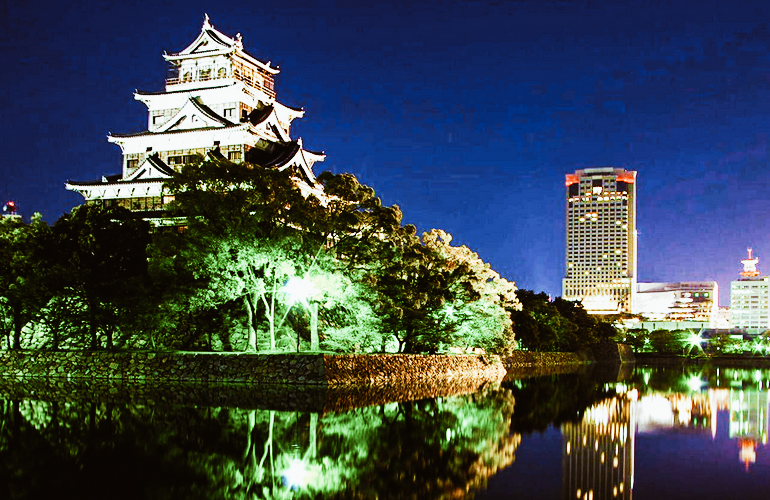
Hiroshima, a prefecture waiting to be discovered
Author: SaiKaiAngel
History

photo credits: un.org
The city of Hiroshima was founded in 1589, during the feudal period Sengoku by the Japanese daimyō Mōri Terumoto who made it the capital of his feud. After the battle of Sekigahara for territorial possessions, Terumoto had to surrender Hiroshima to the winner Tokugawa Ieyasu, who decided to have it administered by the daimyō Fukushima Masanori.
In 1871 the city became the capital of the homonymous prefecture and an important commercial and naval centre of Japan. At the end of the 19th century, Hiroshima witnessed further industrialization, which culminated with the war facilities erected during the Russian -Japanese war of 1904, and became Mazda’s headquarters in 1920. In 1938 it became part of the broader war scenario of the Second World War. Unfortunately, on August 6, 1945, at 8:16 and 8 seconds, the bomb called Little Boy exploded at 576 meters, with a power equal to 12,500 tons of TNT. The nuclear explosion killed about 260,000 people and injured more than 160,000 in the months immediately following due to radiation.
The Territory
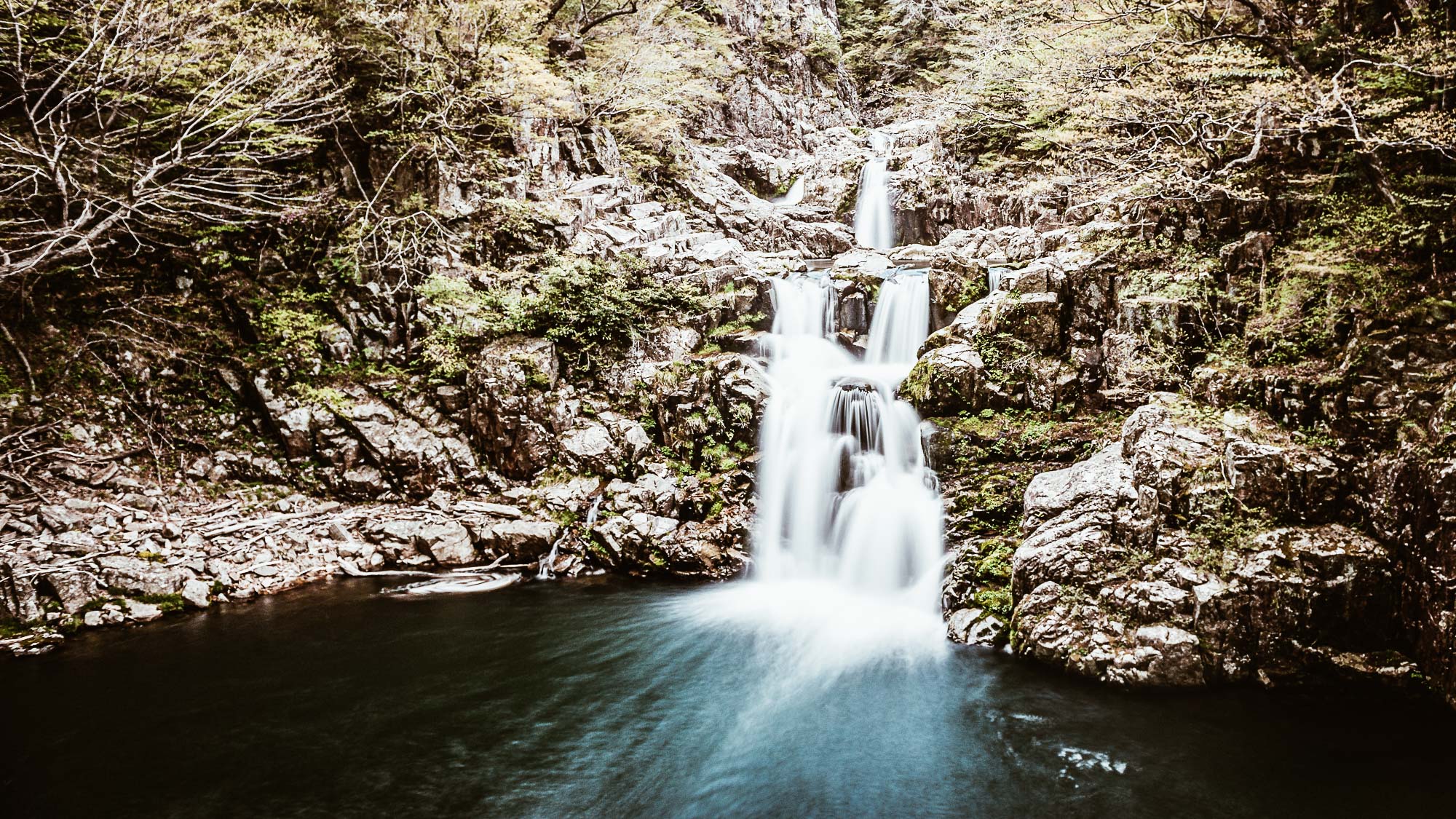
photo credits: locationscout.net
The centre lies on the harbour bay towards the sea of Aki-nada and the territory is hilly. Hiroshima has many islands such as Etajima-Nomi and Itsukushima and, inland, the territory becomes rockier with the Gosasou and Shiraki mountains as a road to the Ota River.
As JNTO also explains and assures, you can explore Japan in absolute safety! Visit Hiroshima without fear and in complete peace of mind, you will always be guaranteed the right distance, temperature detection in shops and places of interest, protection such as the mask. Do not risk anything, as the first interest of the person and the tourist there is always safety in every place.
Take advantage to visit this beautiful prefecture that gives us not only great emotions but also enchanting places that you will remember forever. Despite the tragedy caused by the explosion of the atomic bomb, Hiroshima had doubled its pre-war population in 1974 and was considered the “peace capital” of the world. Hiroshima is home to important attractions to visit absolutely, let’s see them in detail.
Hiroshima Peace Memorial Park
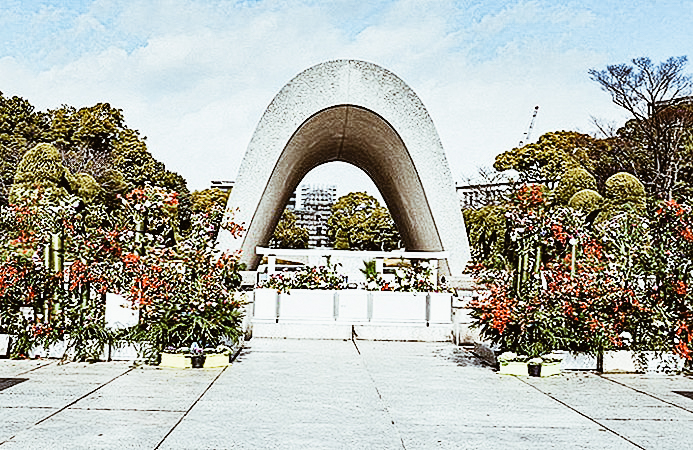
photo credits: theplanetsworld.com
Symbol of the need for eternal peace, it commemorates the numerous victims of the first nuclear attack and is located right in the epicentre of the explosion. Hiroshima Peace Memorial Park boasts many important monuments, museums related to the events of that day and its consequences. In addition to the beautiful gardens with their cherry blossoms, we find the Peace Memorial Museum, the Memorial Cenotaph, the Flame of Peace, and the Atom Bomb Dome with the ruins of the old Chamber of Industry and Commerce. A very interesting place is the Children’s Peace Monument and the Monument to the victims of the Atom Bomb.
Shukkei-en Garden
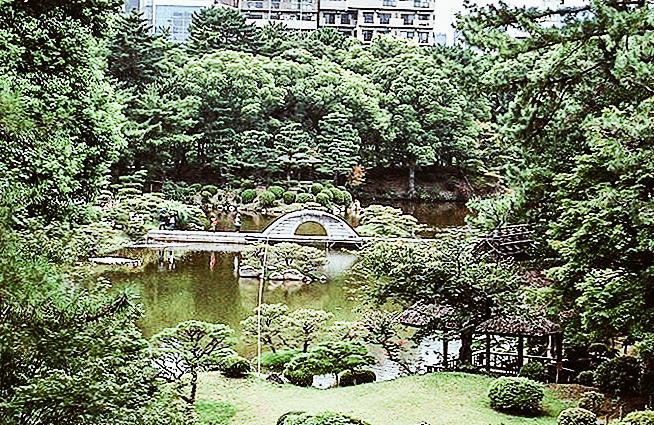
photo credits: theplanetsworld.com
The Shukkei-en Garden is a wonderful garden on the banks of the river Ōta. A space of peace and quiet desired by Asano Nagaakira in 1620. This garden was once the home of Emperor Meiji, and after the damage caused by the explosion in 1945, they literally flourished again in 1951 in all their beauty. The gardens opened to the public after being donated to the city in 1940 and, despite the heavy damage caused by the 1945 nuclear attack, the gardens reopened in all their former glory in 1951. Bridges, paths, a true landscape of calm and relaxation pampered by the sound of streams that draw from the river Ōta.
Hiroshima Peace Memorial Museum
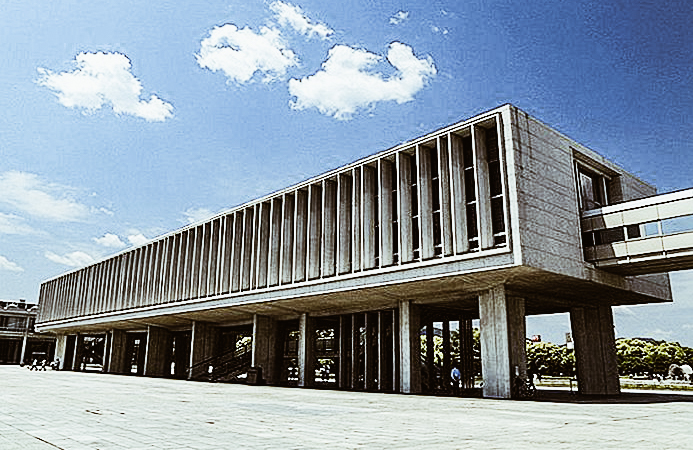
photo credits: theplanetsworld.com
The exhibitions focused on the explosion of the atomic bomb of the Peace Memorial Museum are very hard and very painful and are exhibited together with exhibitions that extol world peace. This museum is one of the sites that cannot be missed during your trip to Japan, both to experience the rebirth of a prefecture and to pay homage to those who lost their lives during the terrible bombing.
Hiroshima Castle

photo credits: theplanetsworld.com
The Castle of Hiroshima (Rijō), also known as Carp Castle, was the residence of Fukushima Masanori and then passed into the possession of the famous Asano Nagaakira in 1619. In the castle and in particular, in the tower, there is a museum about the history of the castle with images of Hiroshima. In the castle, we can also find three trees that survived the atomic bomb and a bunker used for radio transmissions after the explosion.
Itsukushima island sanctuary
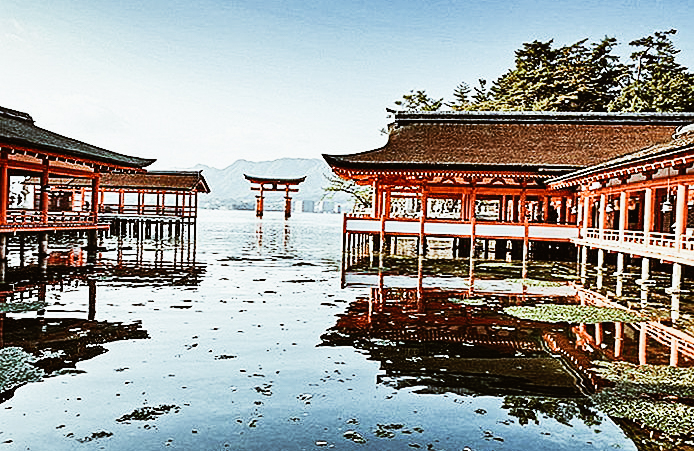
photo credits: theplanetsworld.com
Miyajima, the Sanctuary Island, is famous for the sanctuary of Itsukushima, dedicated to the princesses Ichikishimahime, Tagorihime and Tagitsu-hime, daughters of the wind god Susanoo. The buildings with the high tide, seem to float magically on the water because they are located on a bay supported by stilts. The show is not to be missed, a feast of colours, red wooden structures and white walls. Honden (Main Hall), Heiden (the offering hall). Haiden (the prayer hall), Senjokaku (the Hall of a Thousand Carpets) and Takabutai used for the Bugaku and Kagura dances are the places you cannot miss during your visit to Hiroshima.
Memorial Cathedral for World Peace
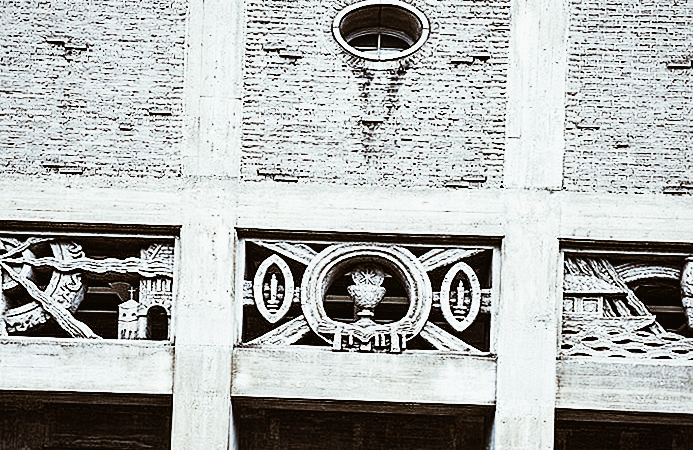
photo credits: theplanetsworld.com
The Memorial Cathedral is one of the largest churches in Asia, built in 1954 by German Jesuit priest Hugo Lassalle from a design by Japanese architect Murano Tohgo. The Memorial Cathedral has four bells in the 46-meter tower, an organ provided by the city of Cologne and the bronze doors of Düsseldorf.
The Mitaki-dera temple

photo credits: theplanetsworld.com
One of the most beautiful temples in Hiroshima is Mitaki-dera. Built in 809 and rebuilt after the war, it is also famous for its beautiful gardens, which in autumn give a fiery red show to visitors. Also known as the Temple of the Three Falls for its location at the foot of Mount Mitaki, the temple is famous for its red lacquer pagoda, Tahoto and waterfalls.
Fudoin Temple

photo credits: japanvisitor.com
Another beautiful place to visit is the Temple of Fudoin, the architecture of the Muromachi period between the 14th and 16th century with a large main hall containing a carved statue designated as a national treasure.
Hiroshima museums
The city of Hiroshima and the whole prefecture are also famous for the many museums in the area. Below are the ones that we believe are unmissable on your trip to Hiroshima.
Hiroshima Prefectural Art Museum (Hiroshima Kenritsu Bijutsukan)
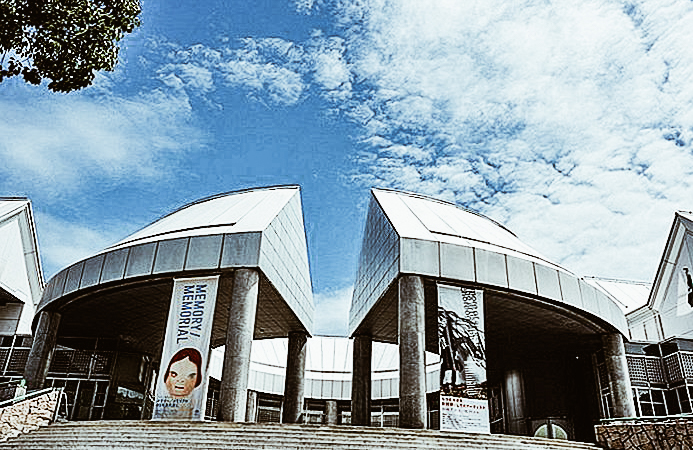
photo credits: theplanetsworld.com
This Museum, opened in 1968, focuses on local artists with collections related to the atomic bombardment and a children’s gallery.
Hiroshima Museum of Art
The Hiroshima Museum of Art consists of eight world-class art galleries. We can find the collection of paintings by European masters such as Monet, Renoir, Degas, Maillol and Picasso together with leading Japanese artists such as Ryohei Koiso and Yuzo Saeki.
Hiroshima City Asa Zoological Park
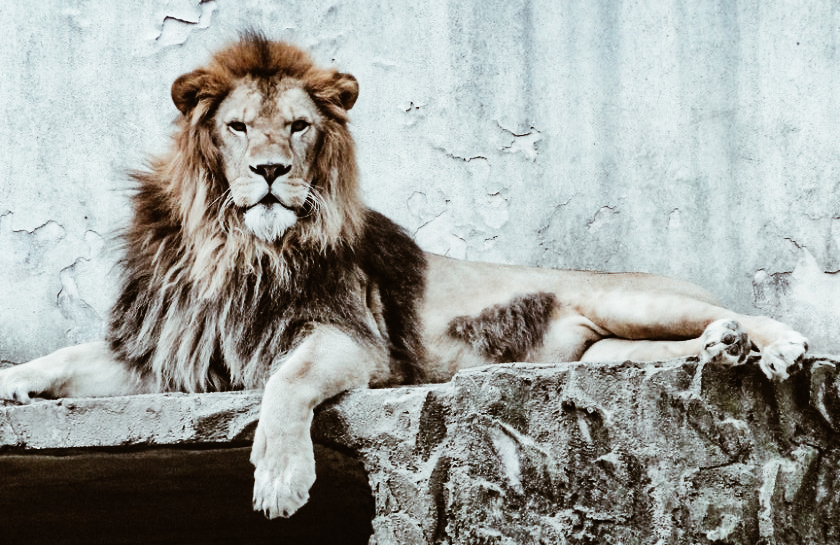
photo credits: japantravel.com
Opened in 1971, the Asa Zoological Park is about 124 hectares large and is home to 170 species of animals, like minor pandas, Japanese giant salamanders, lions, giraffes and rhinos. A place to distract yourself from the other important places in Hiroshima and to entertain the mind, not only for children but also for adults!
Food and beverage
Obviously, with such an interesting trip, we can’t forget to eat and drink and that’s why Hiroshima gives us unique experiences here too! Not to be forgotten are five famous Sakaguras from Hiroshima thanks to which we can enjoy exceptional sake. Read carefully here for a unique experience in the Japanese tradition.
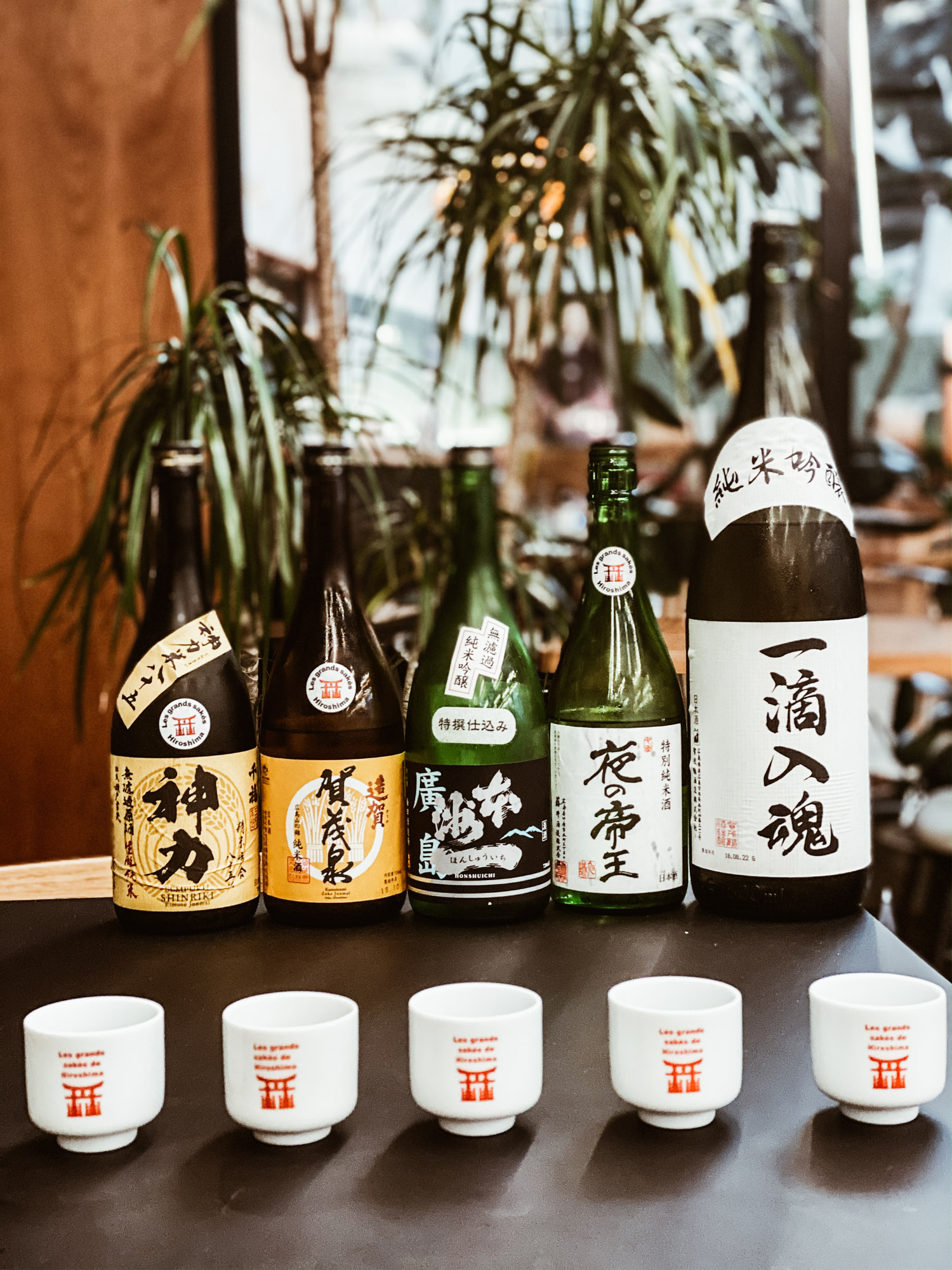
Honshu ichi – Brasserie UmedaCo., Ltd.
Category】Junmai Ginjo
【Ingredients】Rice, Koji rice (Senbon Nishiki / Hiroshima product)
【Polishing ratio】60%
【Alcohol content】 16.8 °
【Glucose density】 1.8
【Acidity】1.7
【Sake Gradation】 +5
【Aroma】Sweet fruity aroma
【Pairing】Fish in general, chicken, sweets with strong flavour such as cheesecake
【Features】
A Junmai Ginjo Sake produced by Hiroshima Prefecture, preparing “Senbon Nishiki” rice with Hiroshima Ginjo yeast. It is characterized by the fruity aroma of Ginjo sake, slightly sweet taste. It can be enjoyed with fish and cheese dishes.
‘Zoka’ – Kamoizumi Shuzo Co., Ltd. 創業 1912年 founded in 1912
【Category】Junmai
【Ingredients】Rice, Koji, Water (Rice: Yamadanishiki/100% Higashiroshima )
【Polishing ratio】65%
【Alcohol content】16°
【Glucose density】2.0%
【Acidity】1.8
【Sake Gradation】±0
【Aroma】Sweet chestnut, with a strong smell of rice and wheat.
【Pairing】Boiled tofu, sweet with citrus fruits, marinated food.
【Features】
Junmai Daiginjo is made from “Yamada Nishiki” sake rice grown in a field located about 6 km north of the brewery, using Saijo underground water and the Hiroshima Mori technique. The delicate aroma and sweetness of the transparent and gentle rice harmonize perfectly with the fresh acidity. You can enjoy it cooled with a thin cup or glass of wine. Sake certified with Saijo JAPAN brand)
Itteki Nyukon – KamotsuruCo., Ltd.
【Category】Junmai Ginjoshu
【Ingredients】Rice, Koji rice(100% Hiroshima rice)
【Polishing ratio】60%
【Alcohol Gradation】15 – 16 °
【Glucose density】1.0
【Acidity】1.6
【Sake Gradation】+3
【Sweet】Aroma
【Pairing】Sauté of chicken, Gelée of white peaches
【Features】
This sake has as first material the rice suitable for its preparation. A slightly dry Junmai Ginjo sake that goes well with foods with the right acidity, good both cold and hot.
Sempuku Shinriki 【Nickname】Filled with happiness – Brasserie MiyakeCo., Ltd. Sempuku Shinriki
【Category】Saké Daiginjo
【Ingredients】Rice, Koji (Shinriki) rice
【Polishing ratio】 85%
【Alcohol content】 19.0 °
【Glucose density】 1.2
【Acidity】2.3
【Sake Gradation】 +5
【Aroma】Mature aroma, almond
【Pairing】Sukiyaki, Steak, Cheese, Chocolate
【Features】
Kamiriki rice, which is the origin of Chifuku, is 85% processed and is close to the processing speed of rice from the Meiji and Taisho eras. A bottle full of feelings for the preparation of sake, especially suitable for people who particularly care about Japanese sake.
Night Emperor – Fuji Shuzo
【Category】Junmai
【Ingredients】Rice, Hattan Nishiki Koji, Water
【Polishing ratio】65%
【Alcohol content】 15 °
【Glucose density】N/A
【Acidity】1.6
【Aroma】Moscato, walnuts
【Sake Gradation】 +9
【Pairing】Tartare, Lemon Grilled Chicken
【Features】
Night Emperor is a mixed Hachitan Nishiki based liqueur produced in Hiroshima Prefecture. This versatile liqueur is easy to combine with any dish. Soft taste that takes advantage of the characteristics of fresh water preparation and keeps the alcohol content low while maintaining the taste of koji and rice. Good tasted both cold and hot.
We have given you some examples and information that will surely push you to live the Hiroshima experience, but there is even more! Hiroshima prefecture is a treasure chest full of treasures just waiting to be explored by you! What are you waiting for? We at Japan Italy Bridge do not make us repeat it twice, it will be a joy both for the eyes and for the palate and the heart and soul. We will all come out of it enriched!
Share this:
- Click to share on Facebook (Opens in new window)
- Click to share on Twitter (Opens in new window)
- Click to share on Tumblr (Opens in new window)
- Click to share on Pinterest (Opens in new window)
- Click to share on Telegram (Opens in new window)
- Click to share on WhatsApp (Opens in new window)
- Click to share on Reddit (Opens in new window)
- Click to print (Opens in new window)






